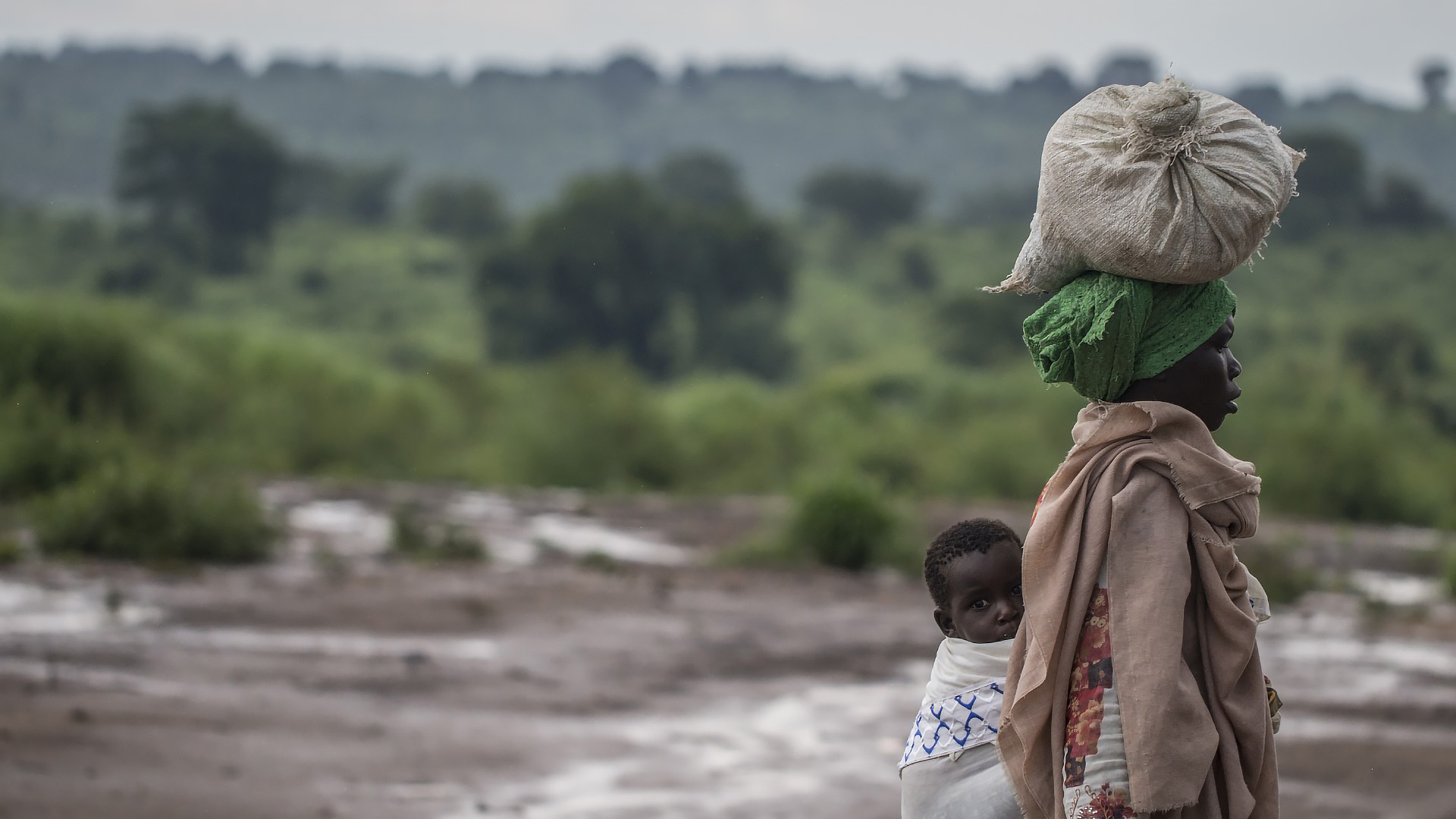An Analysis of IOM Flow Monitoring Survey Data on Migration Flows in West and Central Africa
Central and West Africa have always offered an important variety of dynamic migration patterns, including long histories of diverse intra- and inter-regional migration flows.
This is precisely why the International Organization for Migration (IOM), in collaboration with the François-Xavier Bagnoud Center for Health and Human Rights at Harvard University, chose this region for joint research.
This work resulted in the report, published in mid-April, SEE MIGRATION LIKE WATER: An Analysis of IOM Flow Monitoring Survey Data on Migration Flows in West and Central Africa, which analyses migration flows and the vulnerabilities of migrants during their journeys, where the complexity and rapidly changing characteristics of mobility in the region, combined with the emergence of new challenges and risks, such as COVID-19, exacerbate risks along migration journeys and leave many migrants unprotected.
The study is based on IOM’s Displacement Tracking Matrix (DTM) flow monitoring survey data, collected from over 110,000 migrants at 38 transit points in 7 countries in West and Central Africa. Qualitative interview data, on the other hand, conducted by experts in 2020, shed light on the impact of COVID-19 on migrants’ journeys and well-being.
The report calls for a comprehensive and contextualised understanding of migrants’ vulnerabilities along the most popular migration routes in West and Central Africa, examining risk and protection factors at the individual, household, community and structural levels.
This joint research, which is part of IOM’s broader effort to collect and disseminate robust empirical data on migration dynamics and vulnerabilities in order to support progress towards improving safe migration as outlined by the Global Compact for Safe, Orderly and Regular Migration and as indicated by the Sustainable Development Goals (SDGs), aims to offer tools to policymakers.
There are eight recommendations at the end of the report:
- Improving access to support services along migration routes
- Ensuring and improving the availability of routes for regular migration
- Raising awareness and access to information
- Invest in improving the capacity of government agencies and actors
- Creating livelihood opportunities in countries of origin and neighbouring countries
- Facilitating safe and dignified return and sustainable readmission and reintegration
- Collect accurate, disaggregated and in-depth data
- Strengthen efforts to prevent, combat and eradicate trafficking in human beings in the region
“Working towards a more targeted harm prevention response will not be sufficient to protect migrants in vulnerable situations from risk and harm if safe and regular migration options are not made available to them – say the report’s conclusions – As geopolitical and social conditions in many countries continue to deteriorate and as climate change directly affects the livelihoods of people around the world, more migrants of all ages will be forced to make difficult decisions and migrate without being able to secure the necessary resources, information and support structures”.
by Christian Elia

